Discover Portugal
-
Best time to visit Portugal
Temperatures in Portugal typically don't dip too low, even in winter when the lowest it will get is around 5-10°. Down in the South, it will generally be warmer than this and winter still makes for some decent walking and cycling days. Summers, on the other hand, can get really hot, with highs soaring into the mid to high 30s in the southern parts. For this reason, we recommend visiting during the shoulder seasons in late spring/early summer (May or early June) or late summer (August to September, even October) to avoid the extreme heat.
If the hot summer months of July and August are the only time you can travel, consider visiting the north of Portugal where temps don't soar quite as high, and a trip like Cycling Portugal’s Atlantic Coast will see you getting decent temperatures and still be able to spend some time on the beach.
Spring in Portugal
If you are looking for warmth with fewer crowds this is a great time to visit. Spring and early summer are also one of the best seasons for festivals. The start of April brings Holy Week celebrations as well as the annual Seafood Festival in Lisbon, which is well worth a visit. You can combine this with a walking holiday around Sintra, which is an ideal time, meaning the crowds will be smaller, giving you more time and space to appreciate this town of architectural wonder.
Summer in Portugal
If you are tied down to travelling during the summer months we would recommend visiting the North of Portugal which is typically cooler. A great option is to visit Porto, one of Europe’s great cities with its UNESCO World Heritage centre. You can combine this with a walking holiday in the Douro Valley, exploring the beautiful walking trails through this region famed for producing Port (as well as some of the best wine in Portugal!)
Summer is also the best time to head for an active holiday in the Azores. The temperature is in the mid-20s, so ideal for outdoor life. The summer is also the best time of year to get out and see the marine visitors to these beautiful islands. Early summer is your best chance for seeing larger whales like the Blue, Fin or Sei whales, but there are also Sperm whales and a ton of dolphins all year round.
Autumn in Portugal
September temperatures are wonderful, especially for walking and cycling. It can still be pretty hot down in the South, but much more bearable than high summer and it means that it is a perfect time to explore the cliffs, white beaches (and beach bars) of the Algarve. In October, temperatures begin to dip across the country, however, any of our trips from Lisbon downwards are still perfect for walking in October.
Winter in Portugal
There are still active adventures to be had in the Portuguese winter. Walking in Madeira can happen all year round with the lowest temperatures in winter coming in at around 12-15°. Madeira’s subtropical climate combined with its famous levadas (irrigation channels) that crisscross the island, make it ideal for walking and makes for the perfect winter getaway.
![Best time to visit Portugal]()
-
Frequently Asked Questions about Portugal
Where can I walk in Portugal?
There are many opportunities for walking in Portugal and each reveals a different side to the area you decide to walk in. There are beautiful coastal trails along the cliff-tops of the Algarve at its western end. On the Atlantic coast, there is the Rota Vicentina which showcases a wild and less touristy side of the Portuguese Coast. There is also great walking around the two major cities, exploring Sintra and its coastline which is close to Lisbon and the Douro Valley wine region which is close to Porto. There are also a couple of amazing island getaways to explore on foot, following the Levadas (irrigation channels) on Madeira or hiking in the volcanic, sub-tropical wonderland of the Azores. Running up the centre of the country is the Camino Portugués, a pilgrimage trail which finishes in Santiago de Compostela in Spain and exposes you to a very rural side of Portugal.
What part of Portugal should I visit?
This totally depends on what you are looking for. The Algarve in the south is best for beaches and relaxing, but can be really busy in the summer months. The Alentejo has some great places to visit, like Evora as well as some dramatic coast which you can walk along on the Rota Vicentina. The Douro Valley is close to Porto and is one of the worlds premier wine-producing regions, the home of Port. Sintra, close to Lisbon, has a wealth of architectural wonder, an amazing place to explore, but also has stunning coastline surrounding it, with some beautiful little beach towns.
How many days do you need to visit Portugal?
You can explore different parts of Portugal in different lengths of time. You can see Lisbon & Sintra in a long weekend, but really the longer you stay, the more you will get out of it. Many of our walking and cycling holidays in Portugal are based around being active for a week. Combining this with a week of relaxing would make for an ideal two-week break and allow you to really get under the skin of Portugal, explore some off the beaten track locations, meet the people and enjoy the food and wine.
Is food expensive in Portugal?
The cost of food in Portugal is fairly average compared to other European destinations. When eating out, an evening meal would average around €25 and lunch around €7-12. There is a high volume of wine produced in Portugal, meaning it is easy to get very reasonably priced wine to accompany your meal.
What food is Portugal known for?
Portugal is known for several different types of food, though mainly its dishes are simple, rustic and packed with flavour. With such a large coastline, it is no surprise that seafood is popular in Portugal. While often served very plain, the quality of the fish and vegetables are extremely high and the flavours simple but outstanding. Pork, particularly Porco Negro (black pork) is very popular in Portugal, and you can find this and many other high-quality types of meat in Churrascarias (bbq restaurants) which are prevalent in the country. Pastries and sweet deserts are also a staple of Portuguese life, with the famous Pastel de Nata (custard tart) being just one example of a whole host of delicious treats to go with their strong, fruity Portuguese coffee.
Is Portugal warm all year round?
Portugal is not warm all year round. In the south, there is a higher chance of sunshine in the winter, but there is often a cold wind coming in off the Atlantic which brings the temperature down. However, there is a lot longer season for warm weather in Portugal, so you can take a walking or cycling holiday in the Algarve in November and have perfect conditions.
What is the most beautiful part of Portugal?
Portugal is a very beautiful country and there are many parts which are well worth seeing. The wild coast of the Algarve and Alentejo is incredibly beautiful and far from the crowds. The coasts in the centre and northern parts of the country are also beautiful which you can discover Sintra and its coastline or Cycling Portugal's Atlantic Coast. There is also much beauty to be found in the green hearts of the islands of Madeira and Azores.
![Frequently Asked Questions about Portugal]()


























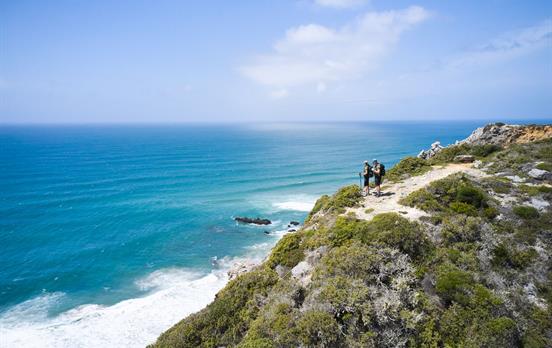
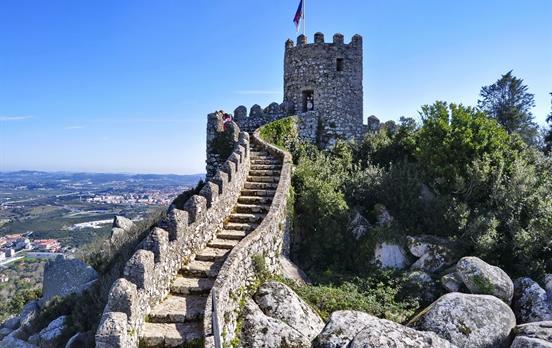
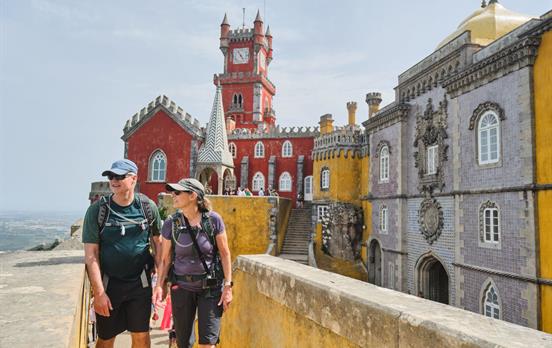


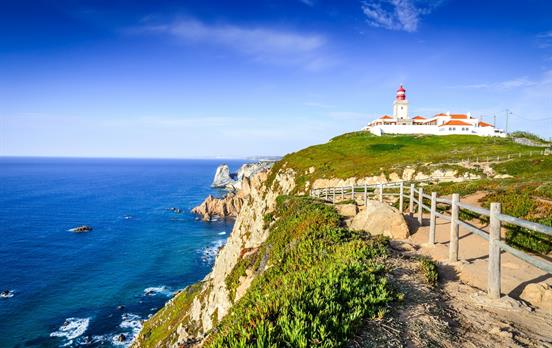

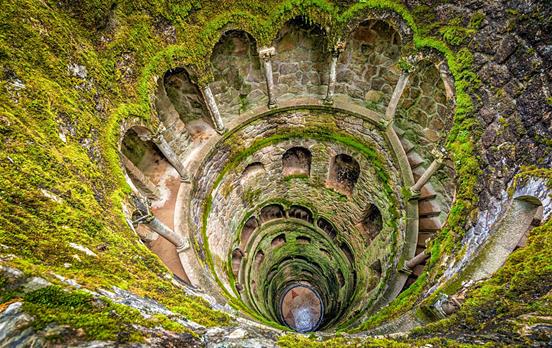

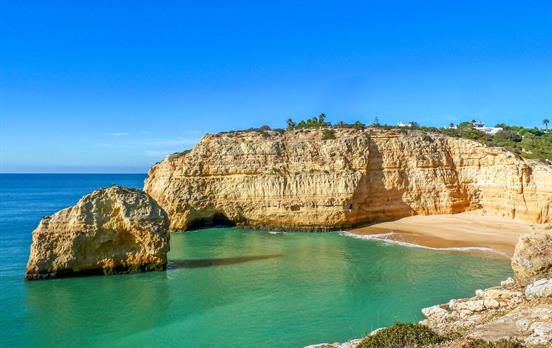
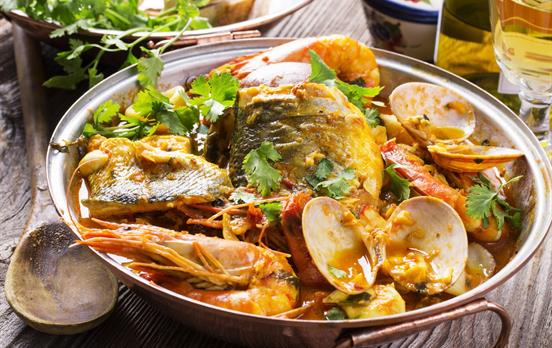
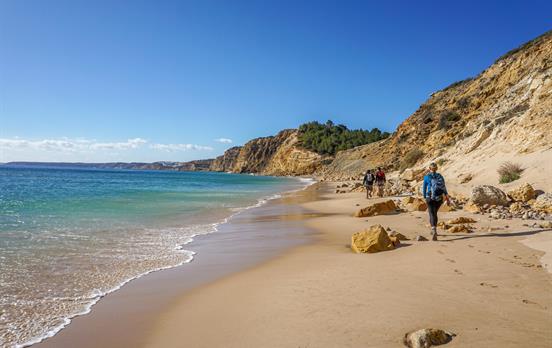
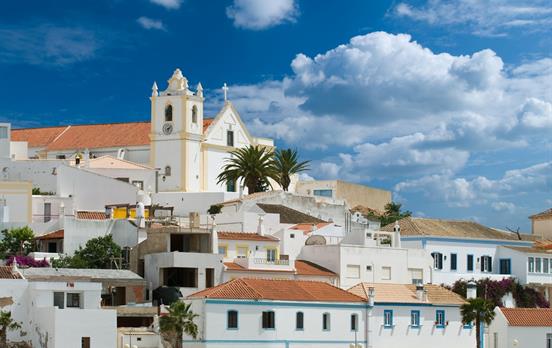

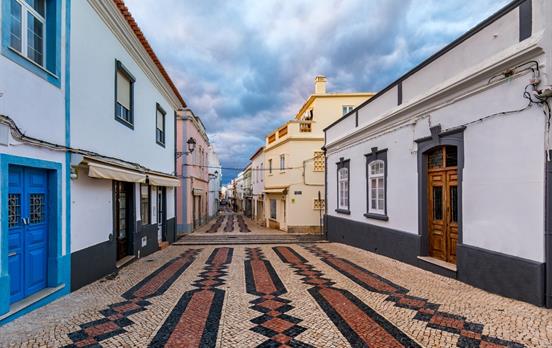
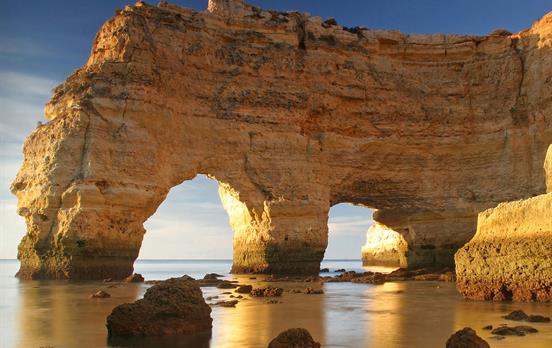
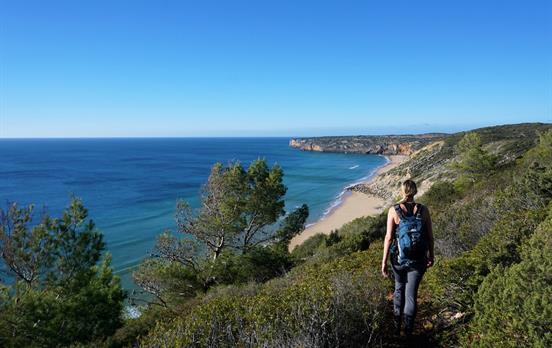
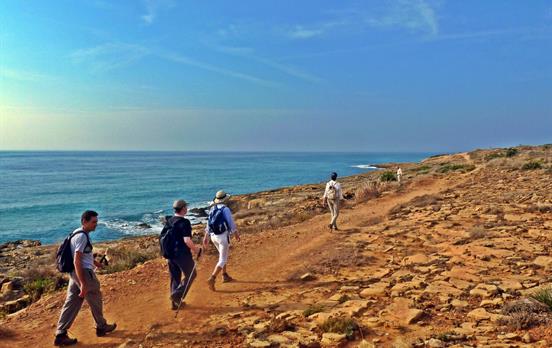



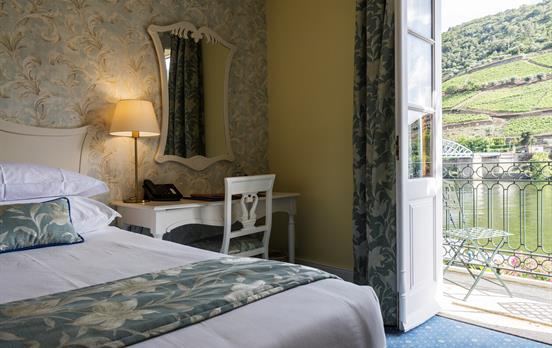
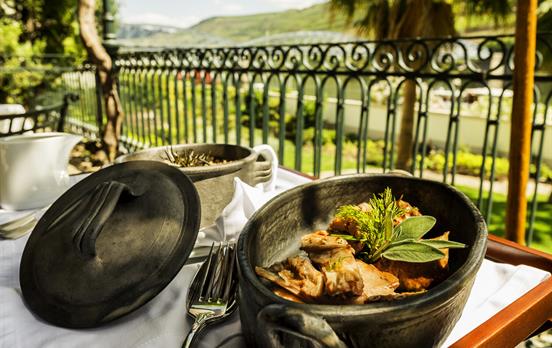

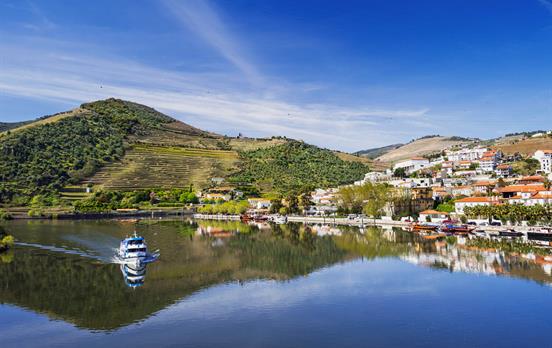

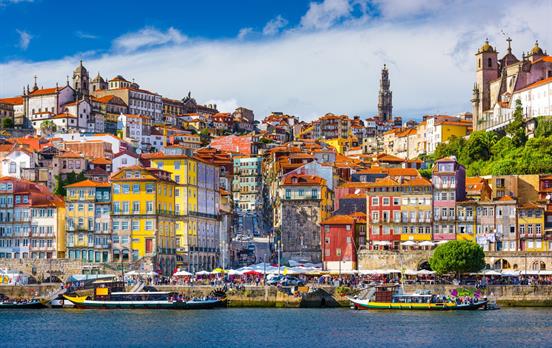
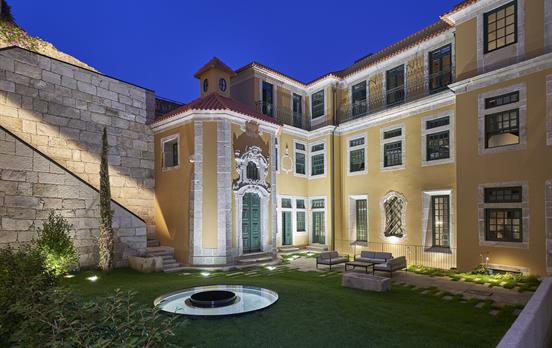


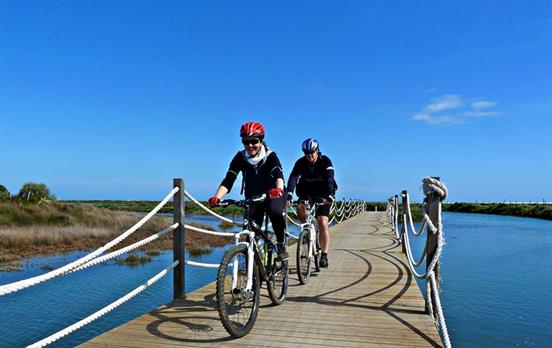

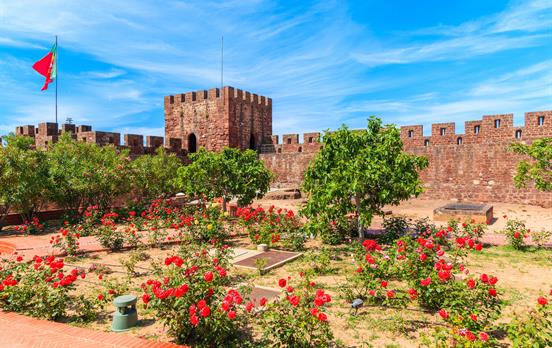


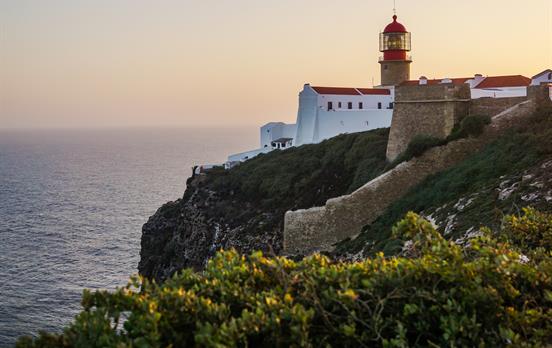
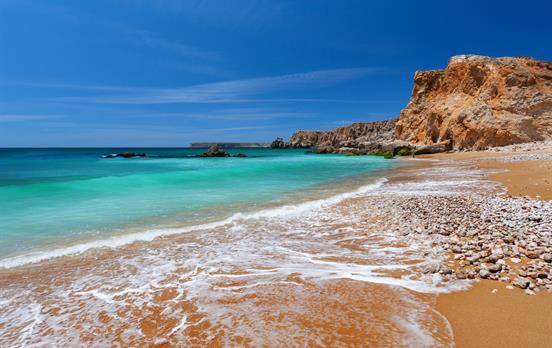

/tourimagegallery/PrimaryTourImage-Cascais-rsz2-08092023160948633.jpg)

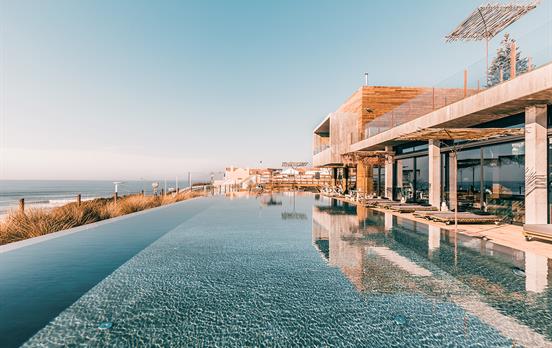
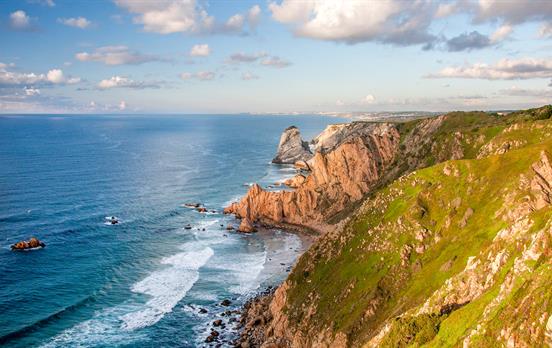
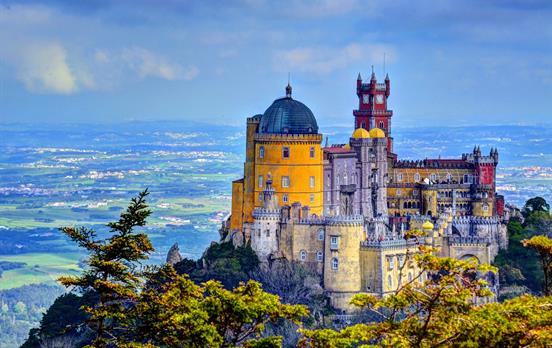


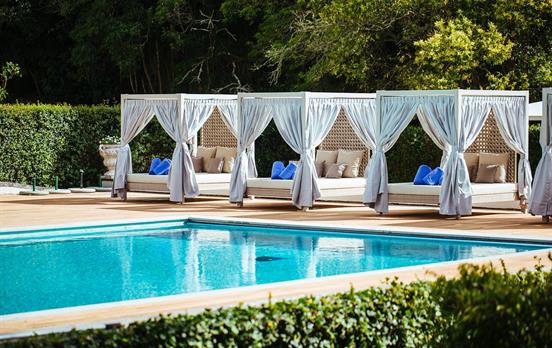

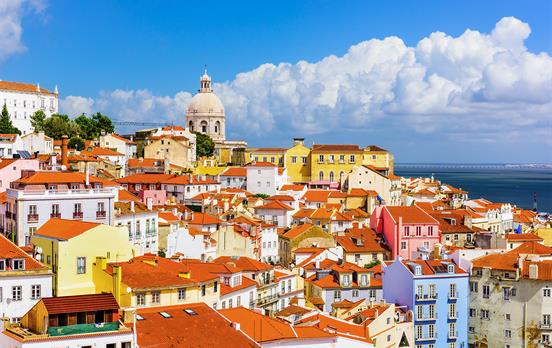
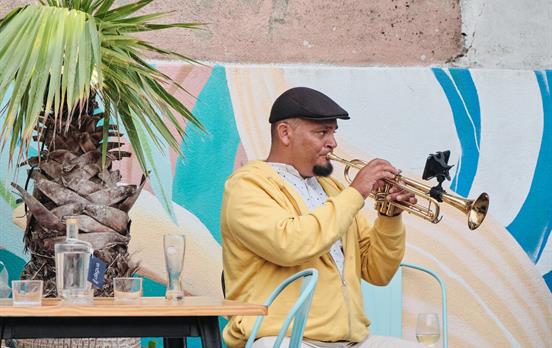

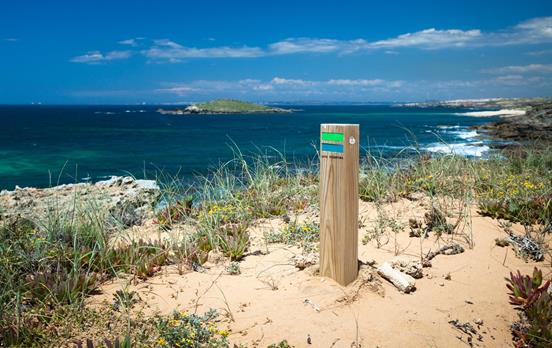

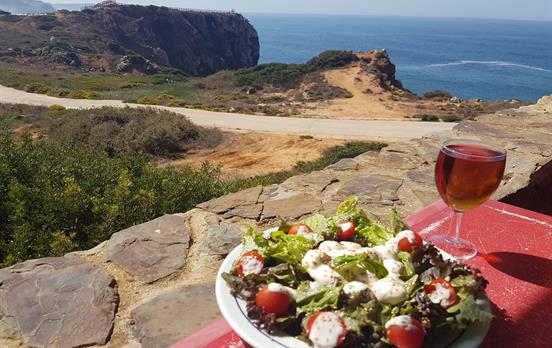
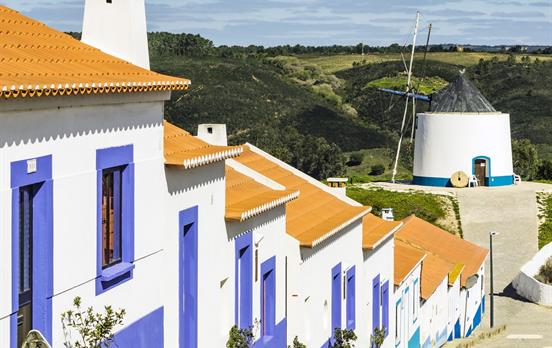


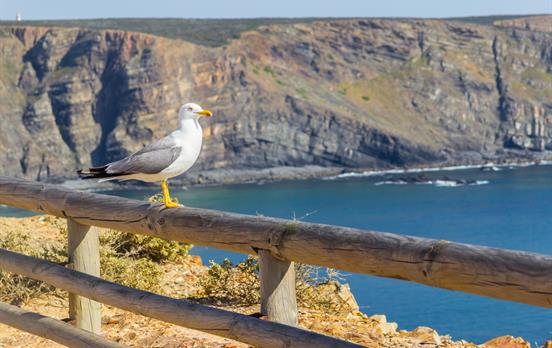
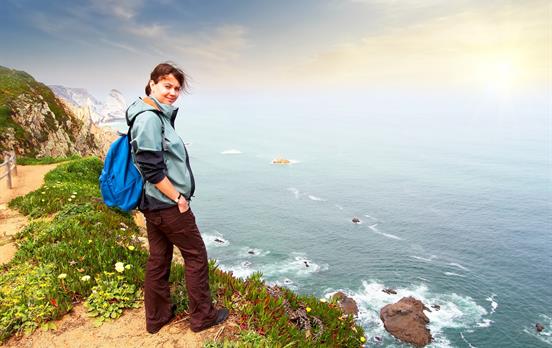




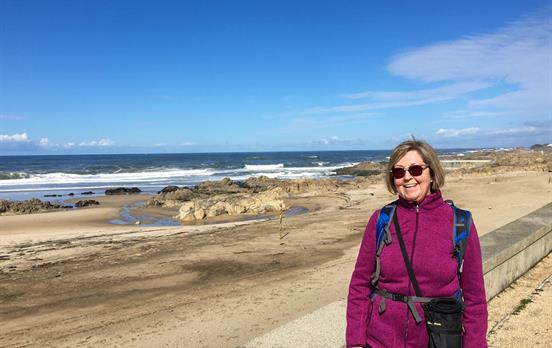

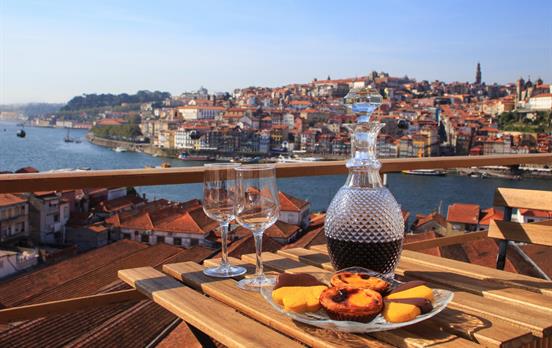


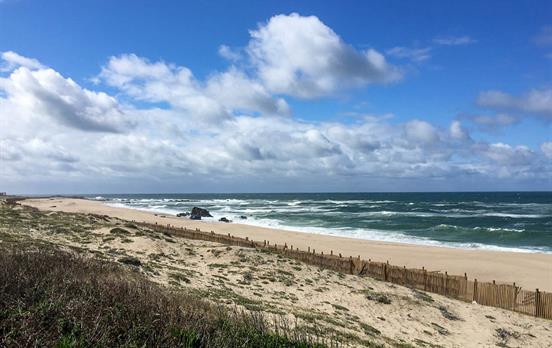



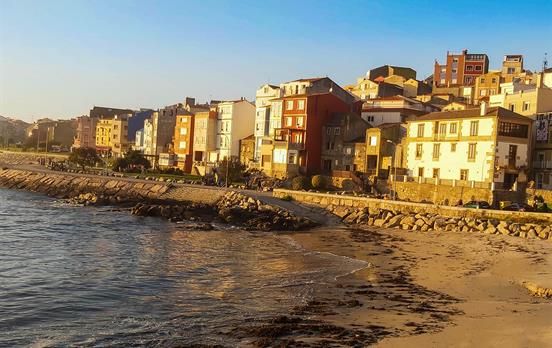
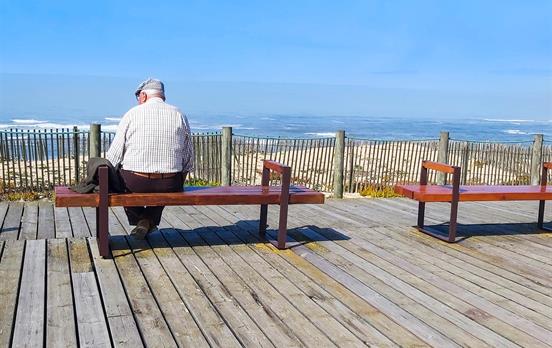

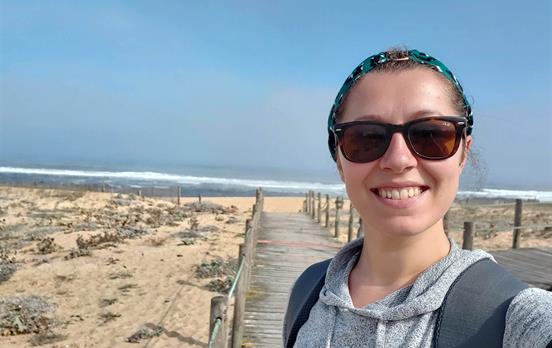

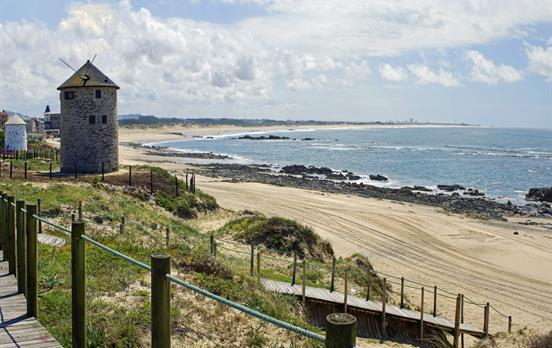

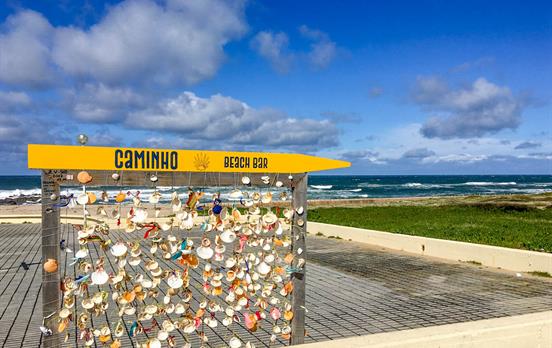

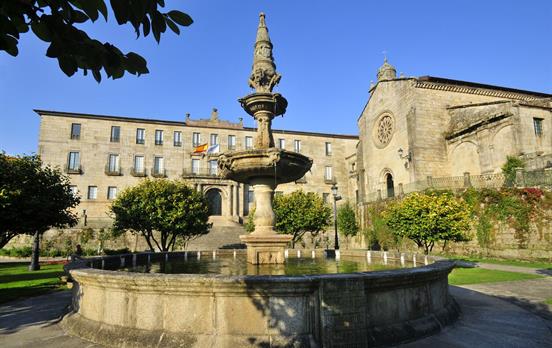

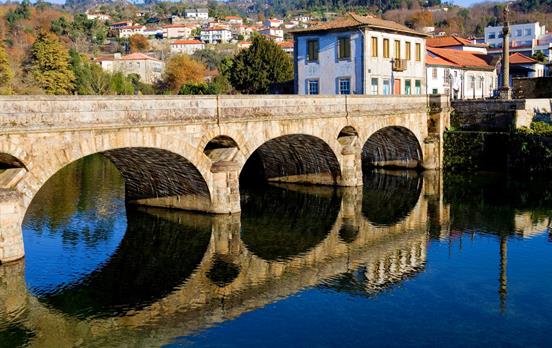

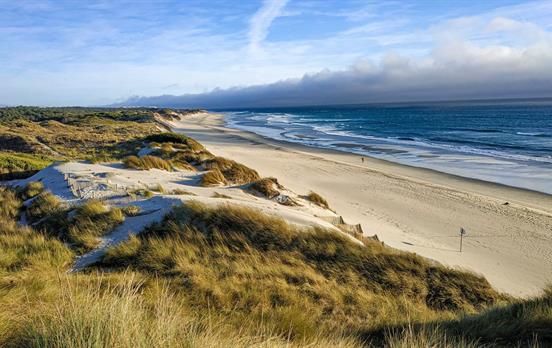
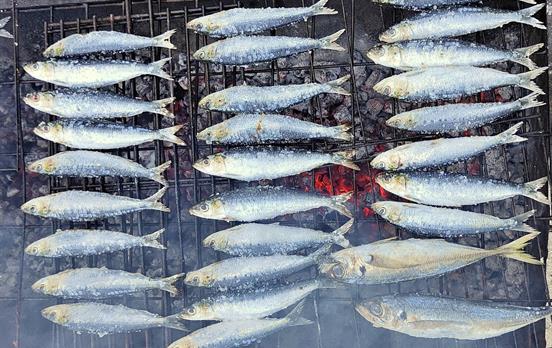
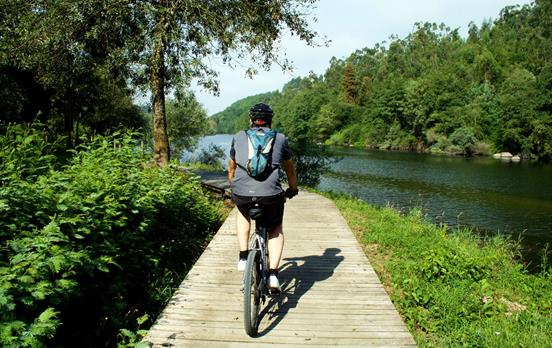


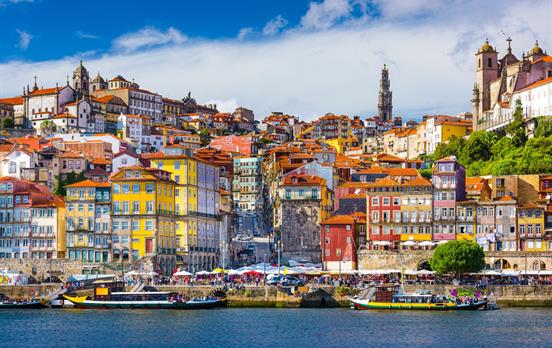
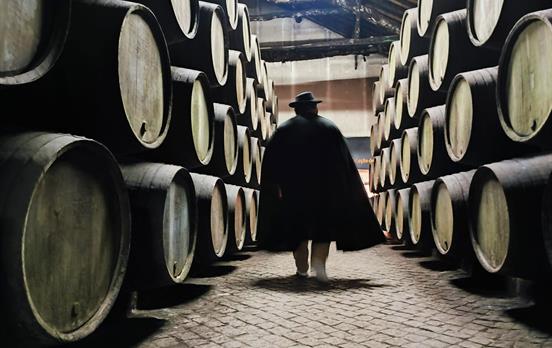














 Australia
Australia New Zealand
New Zealand South Africa
South Africa European Union
European Union